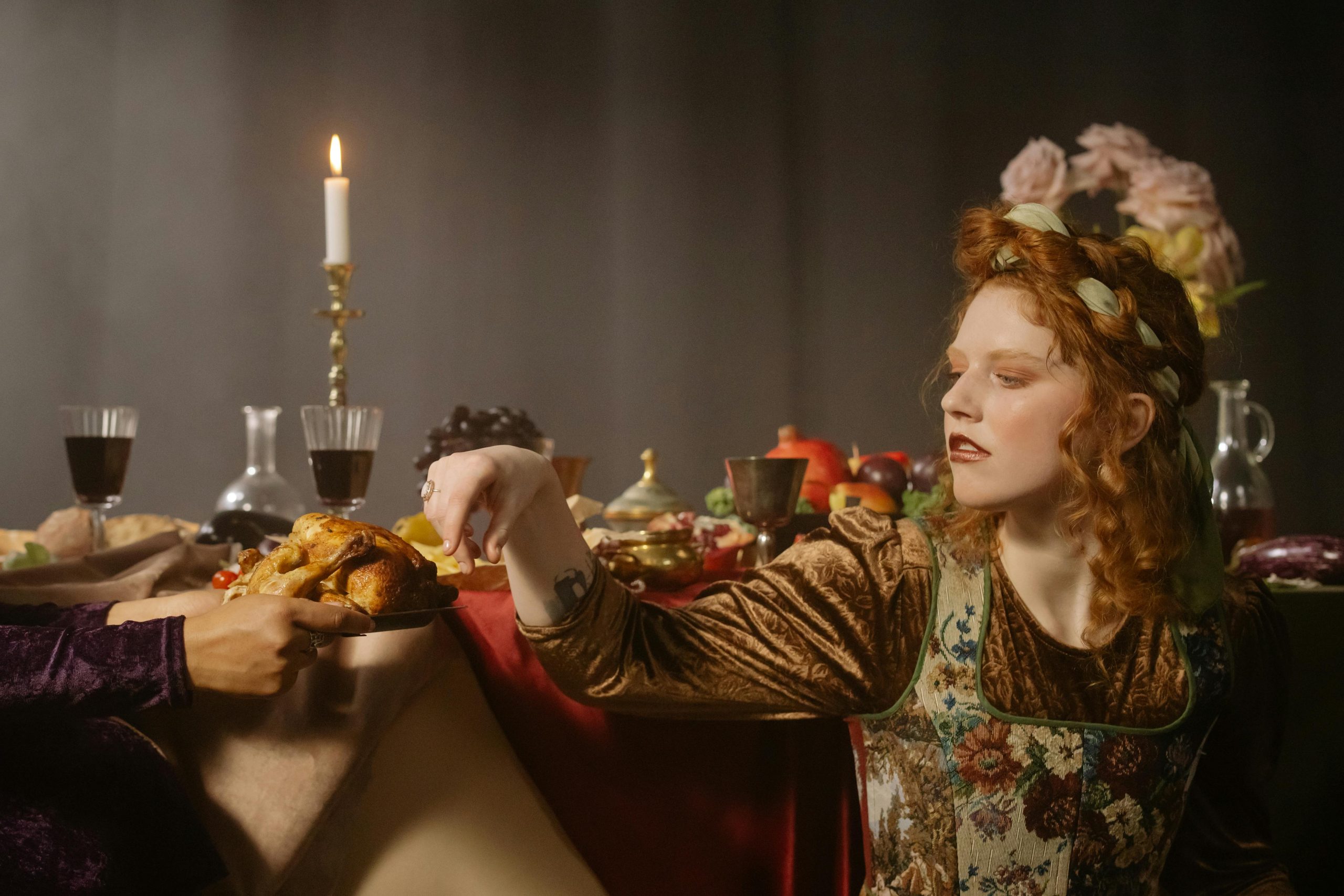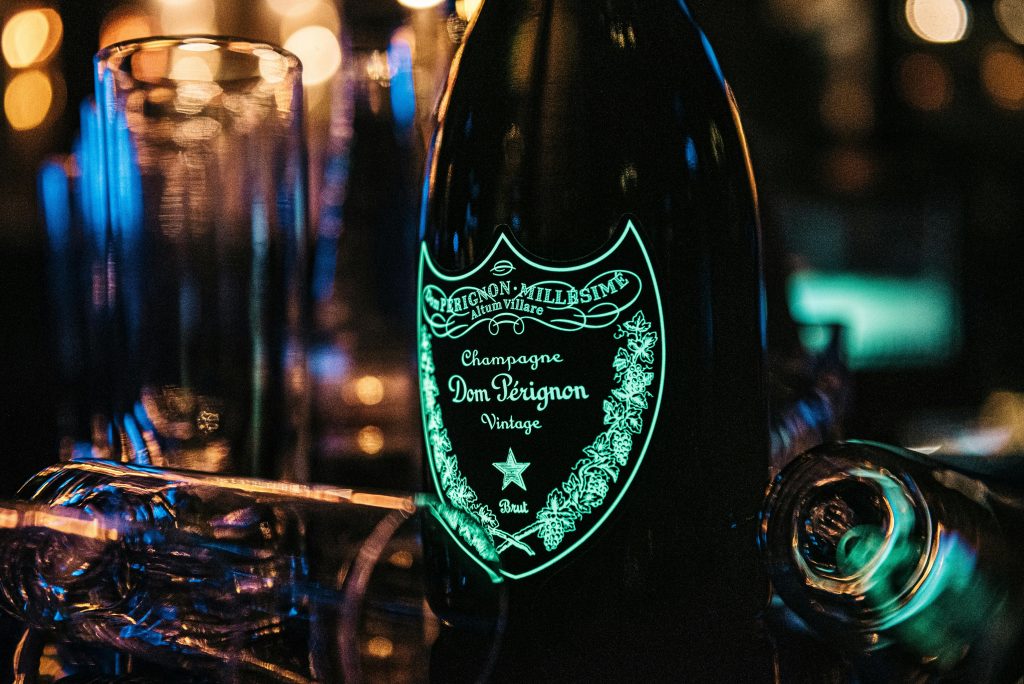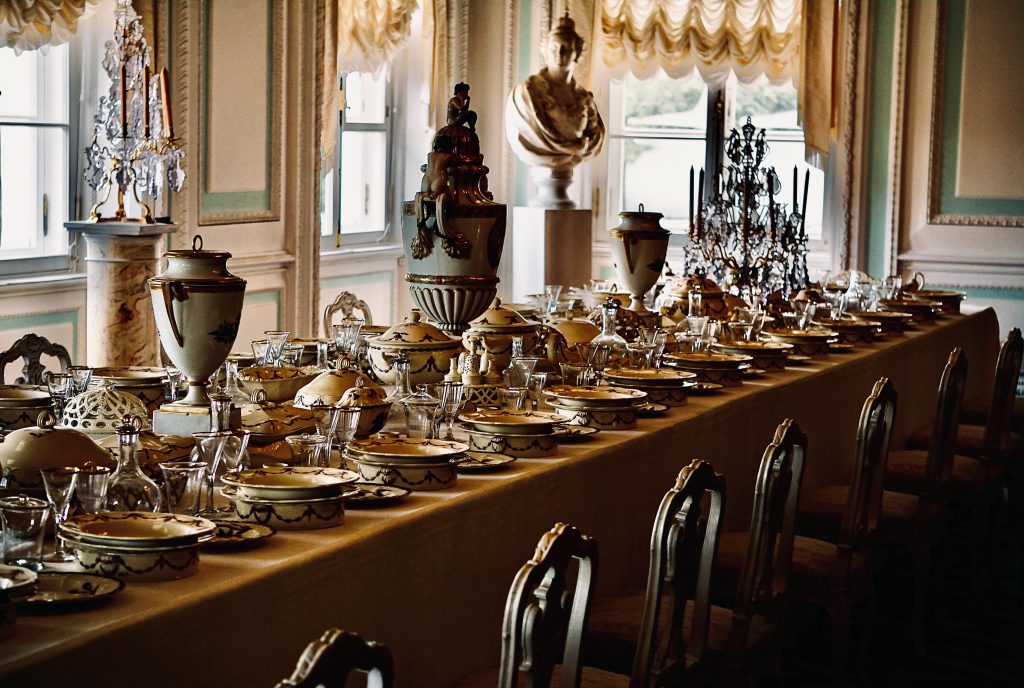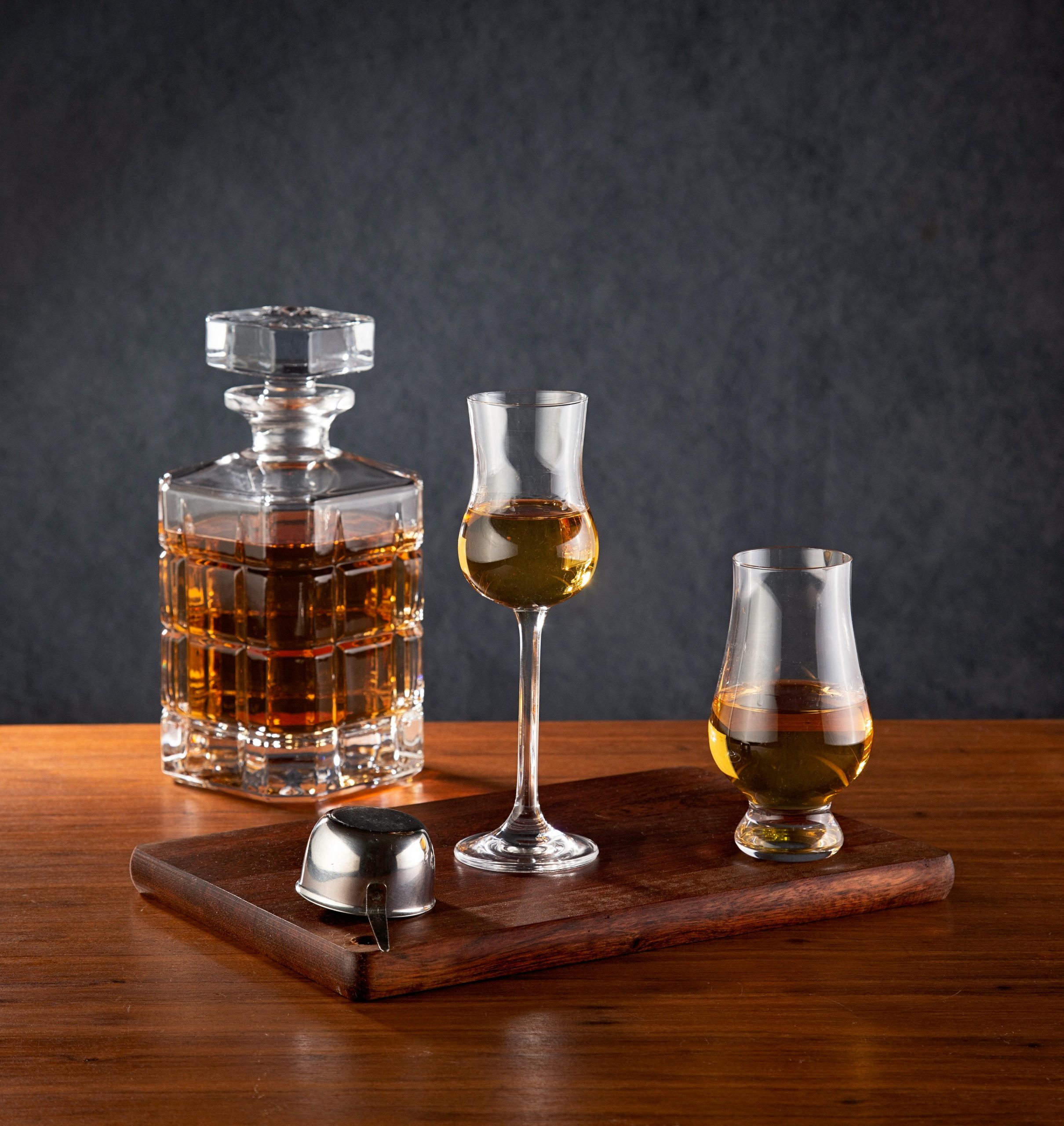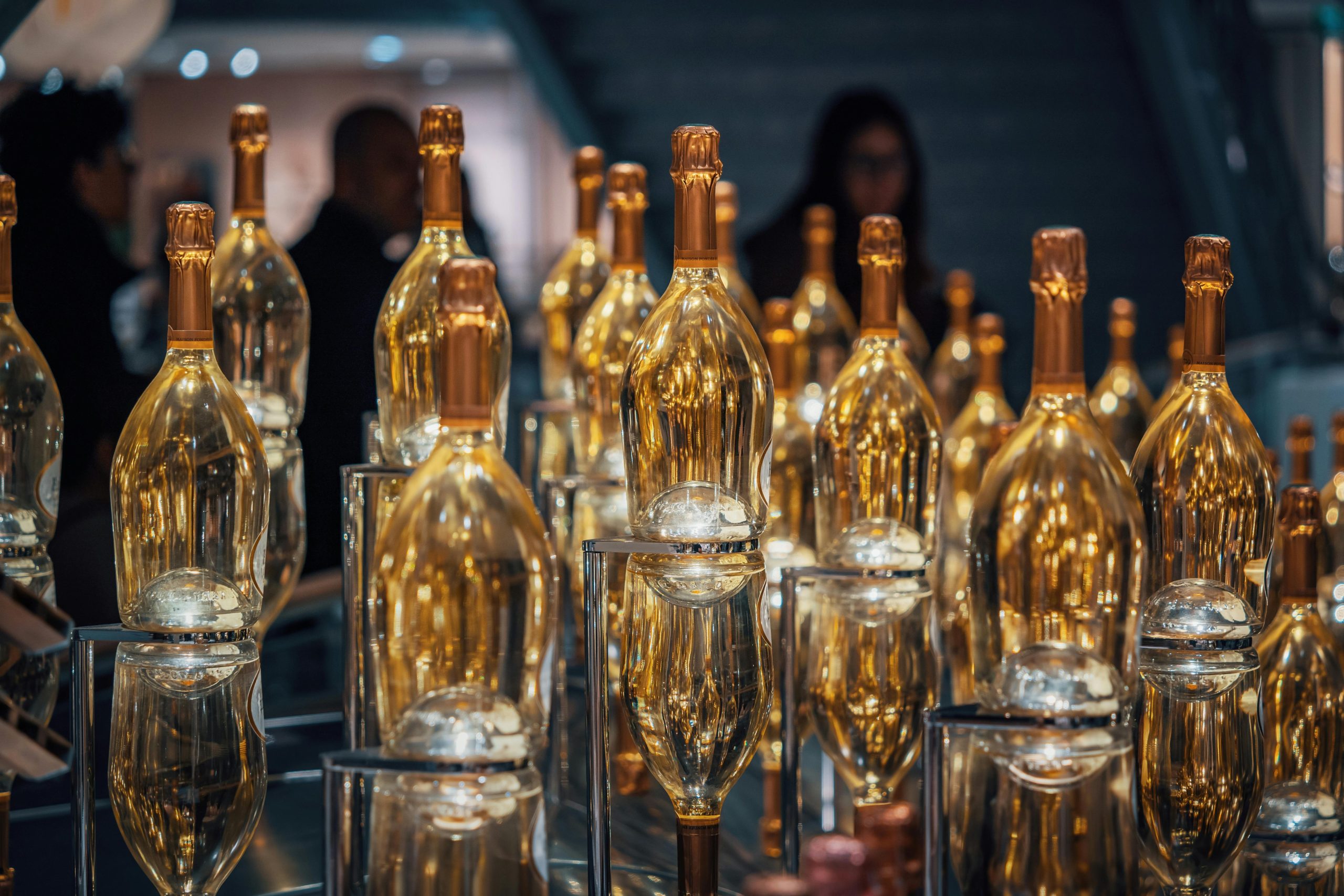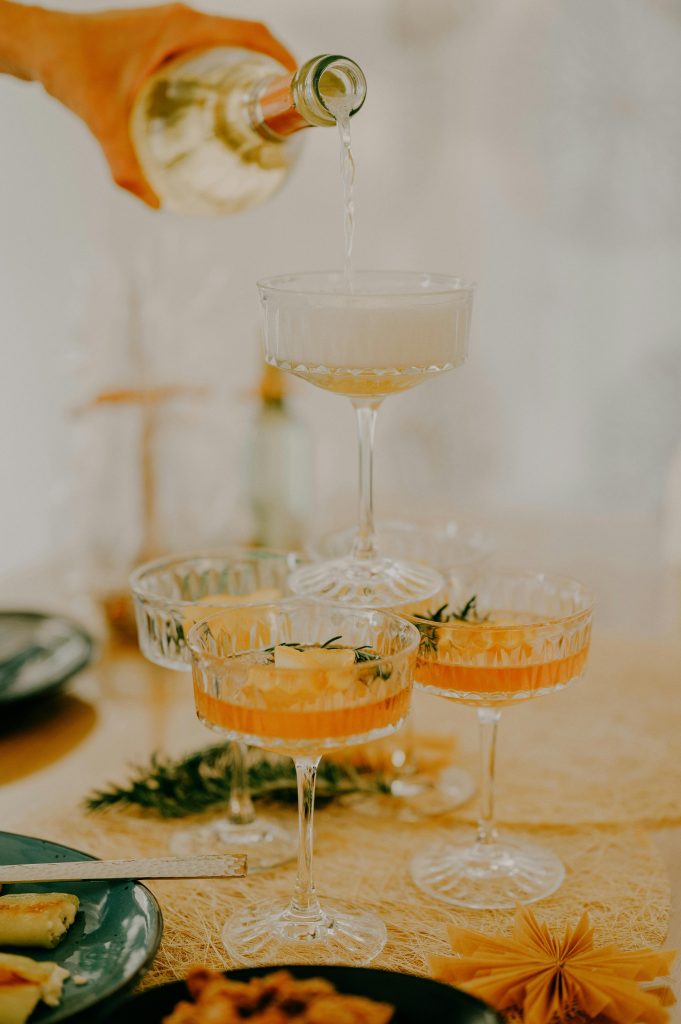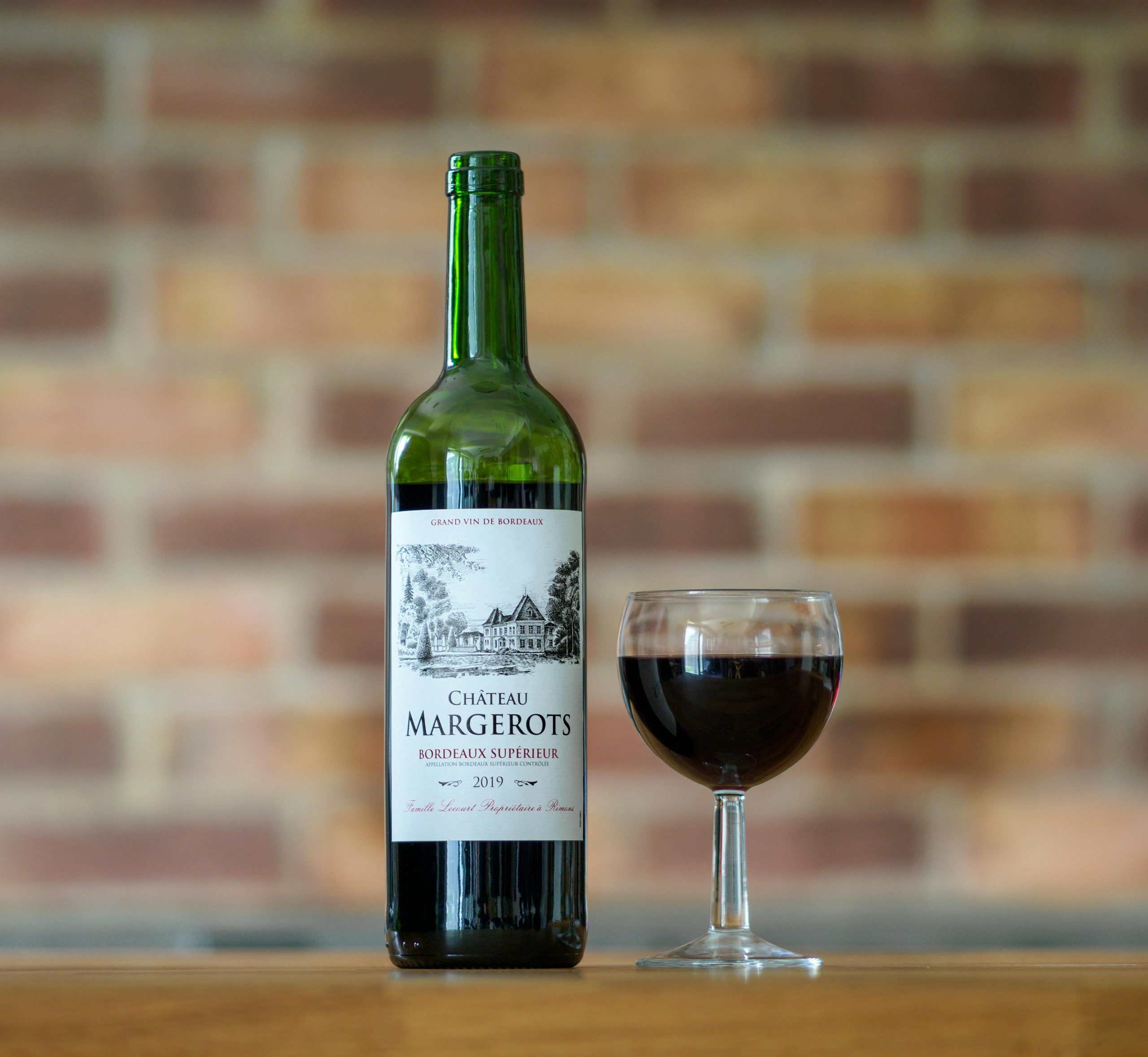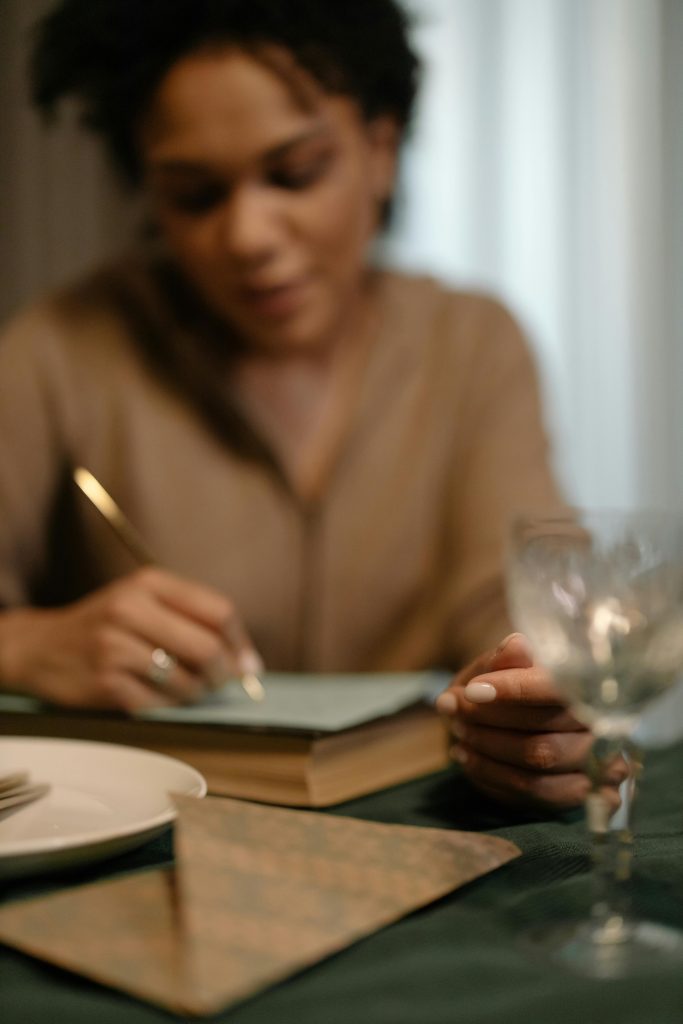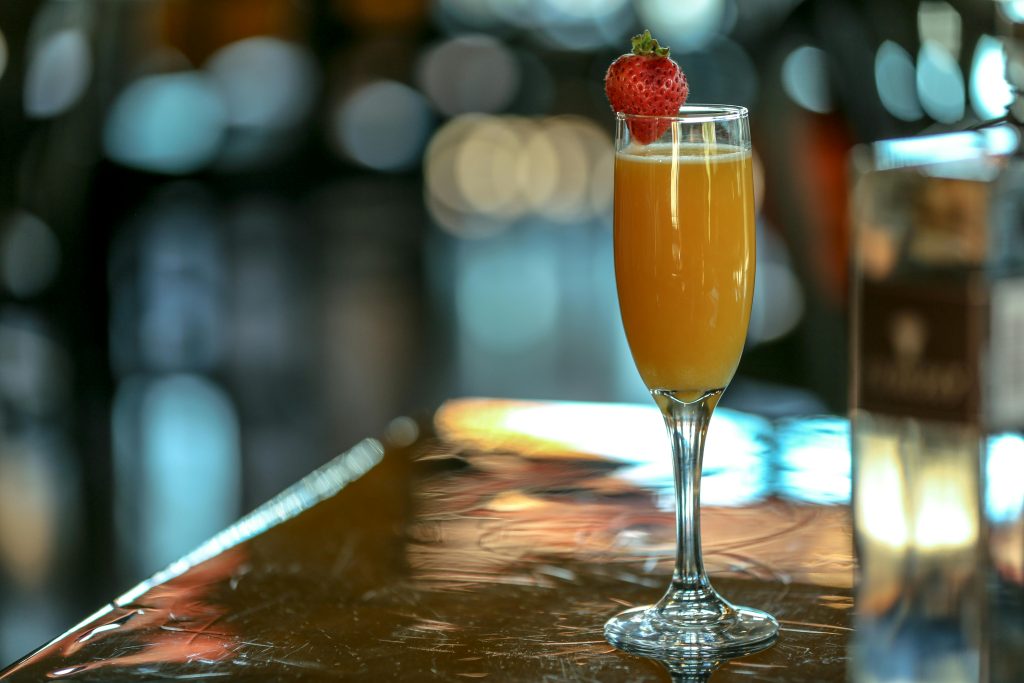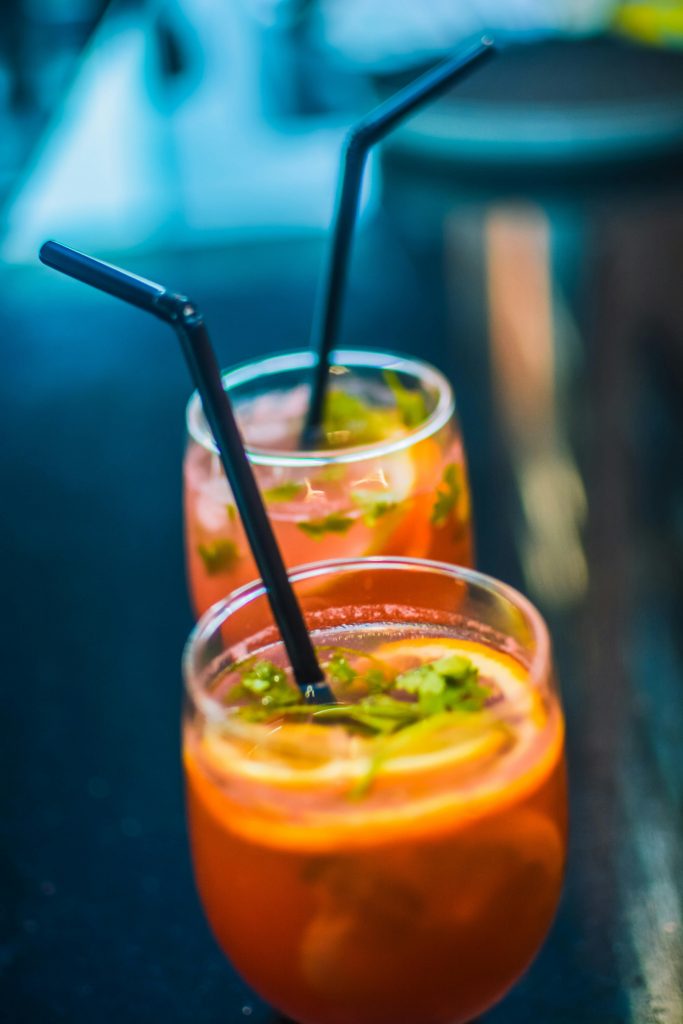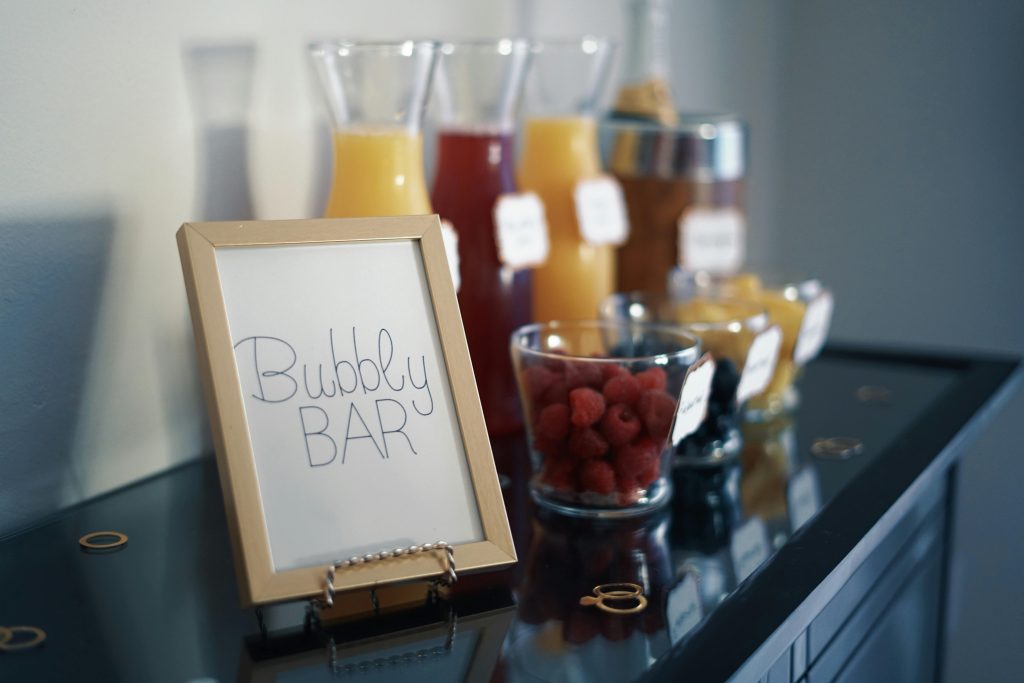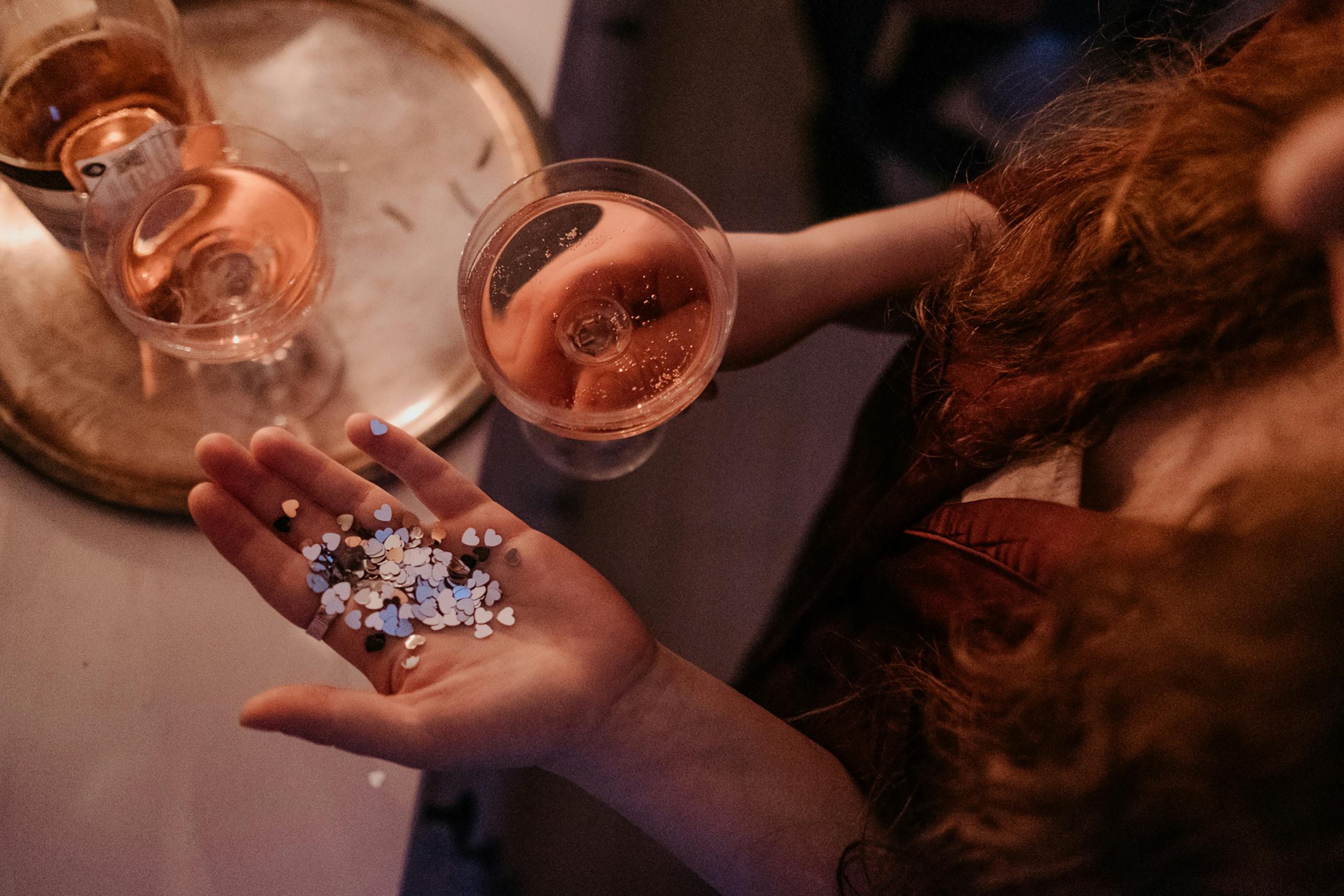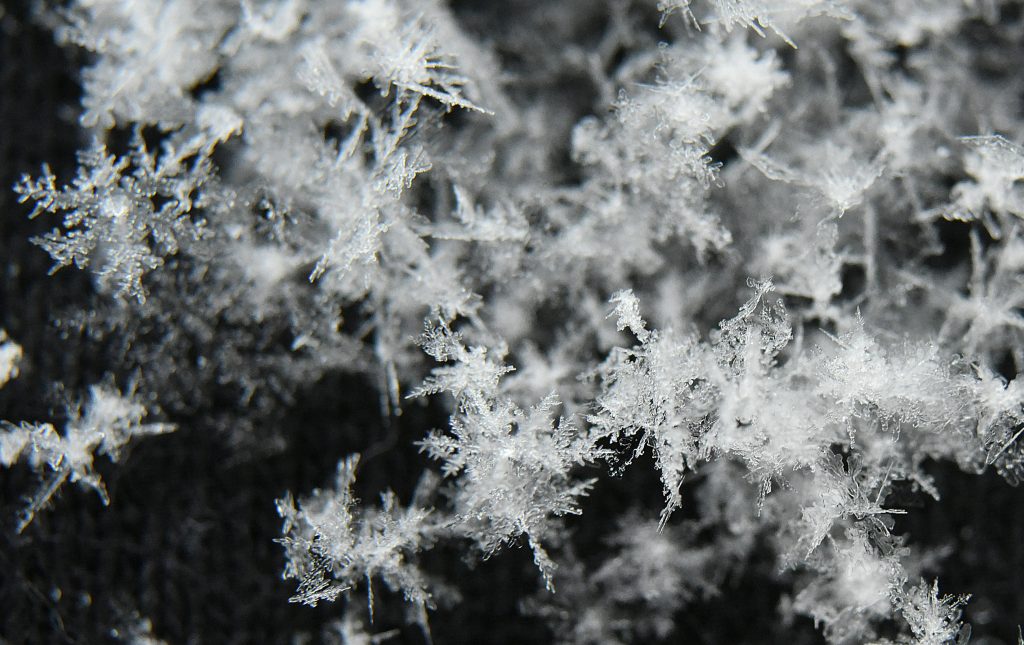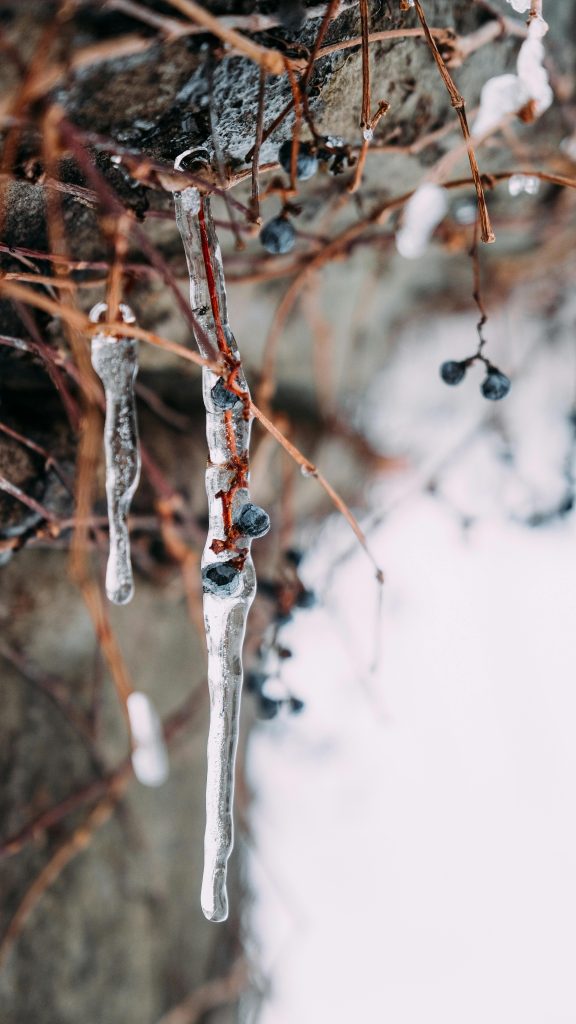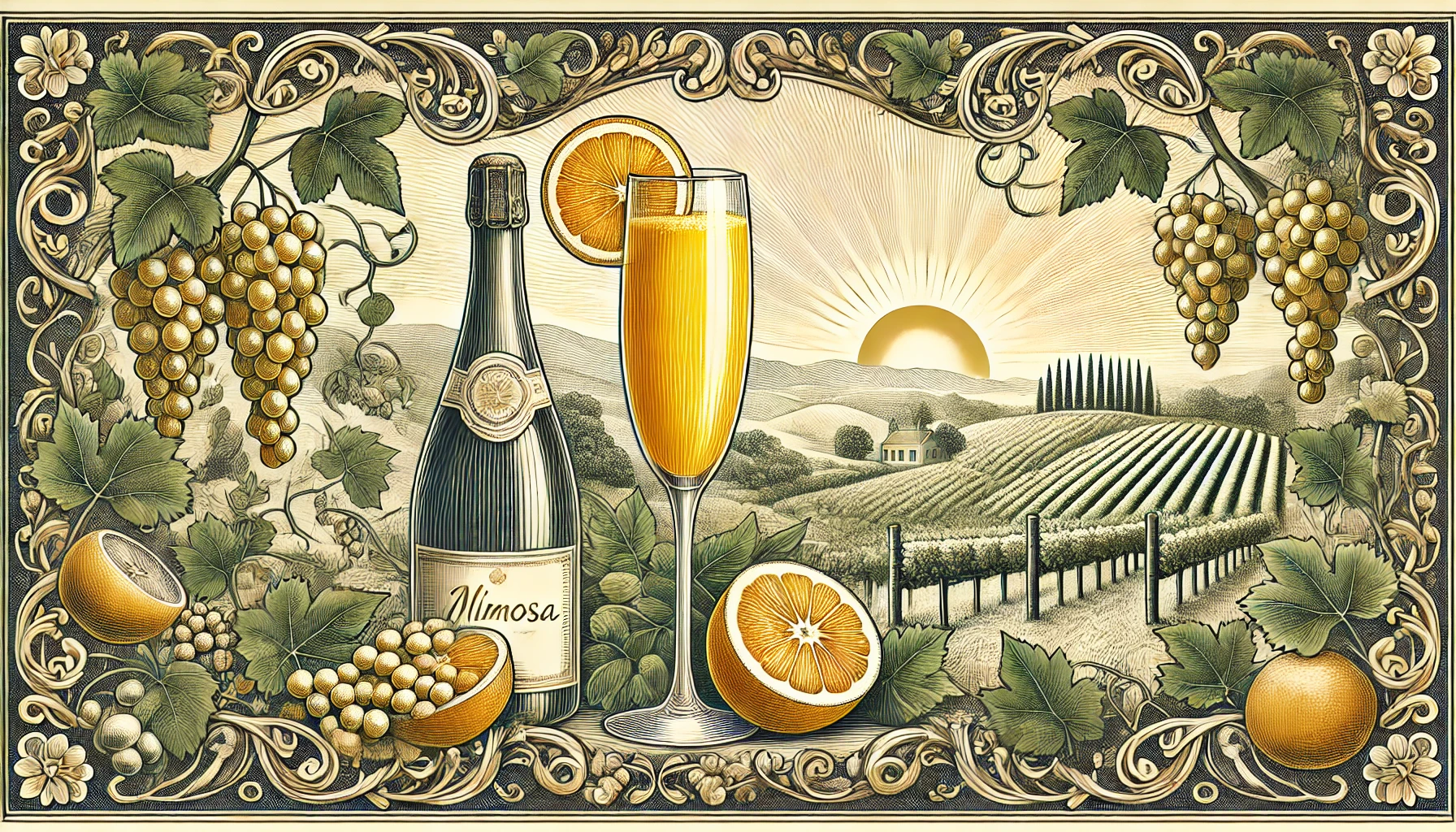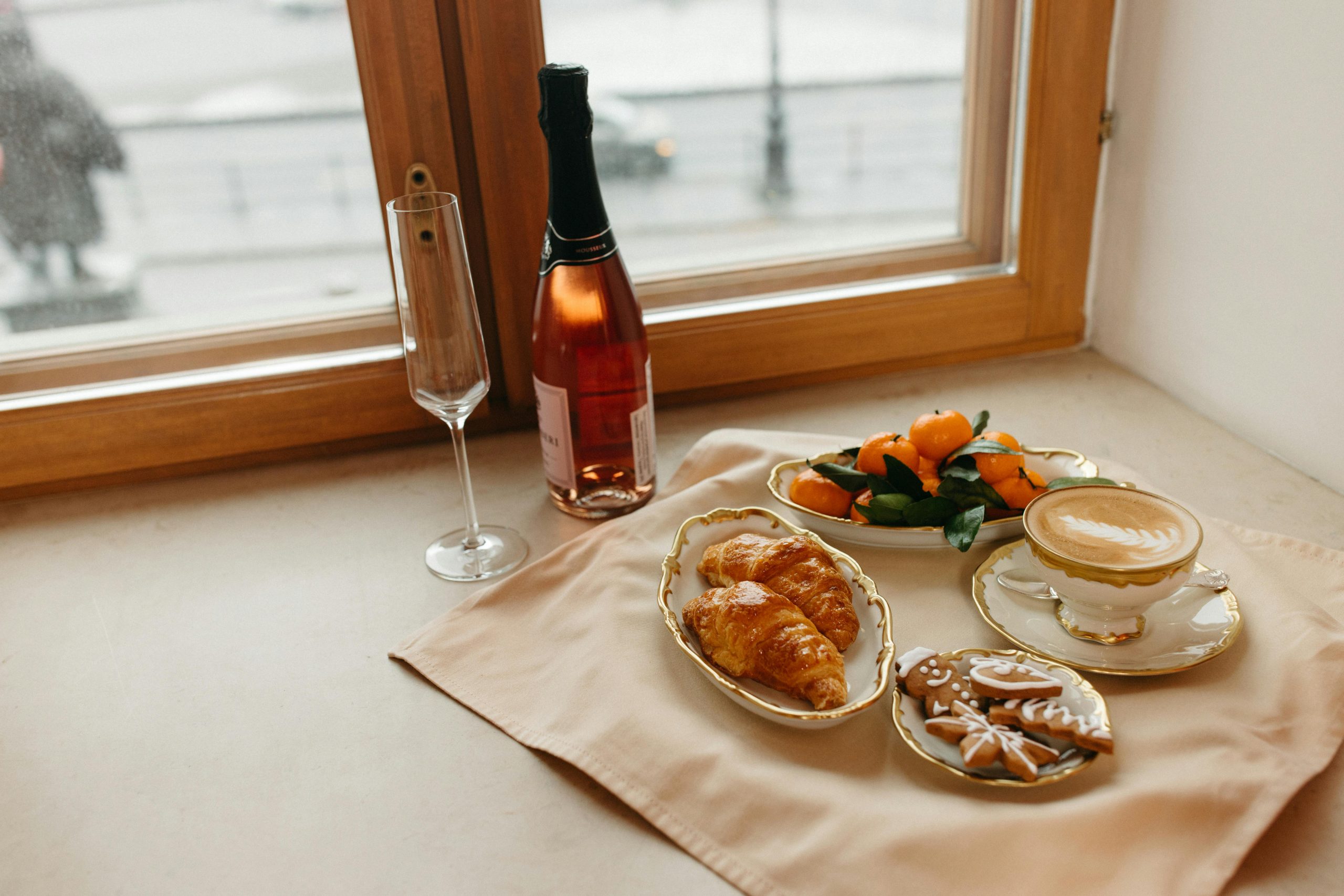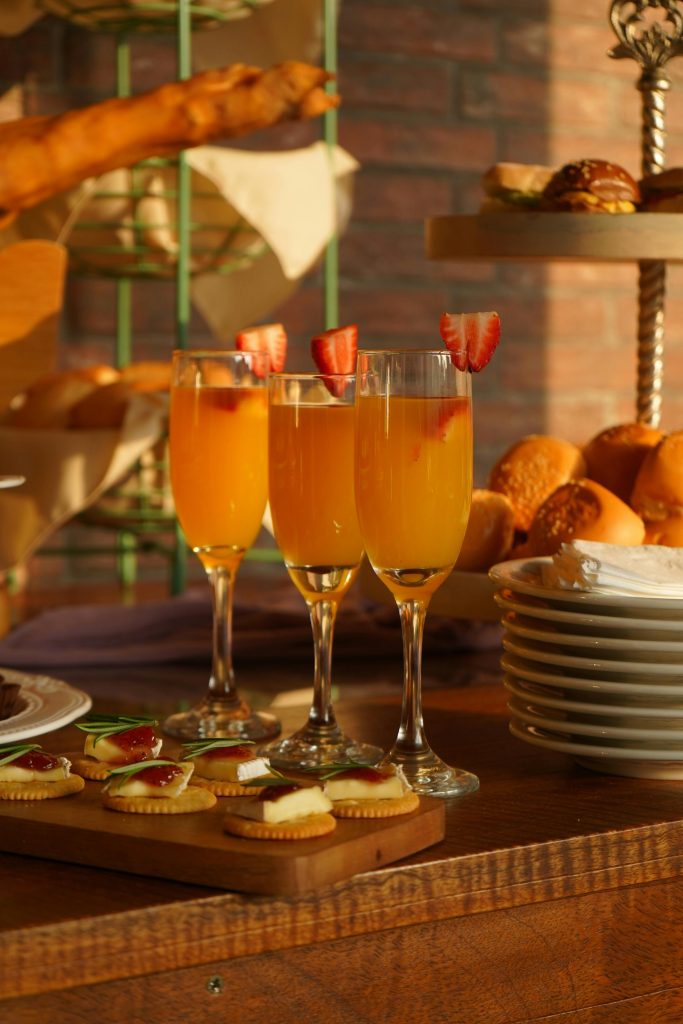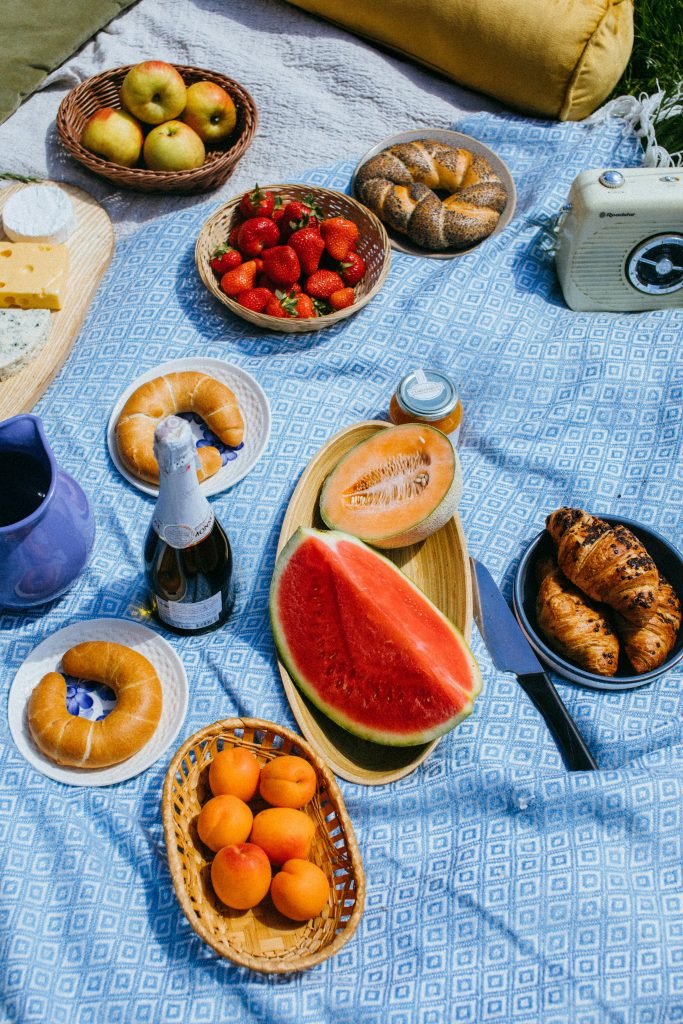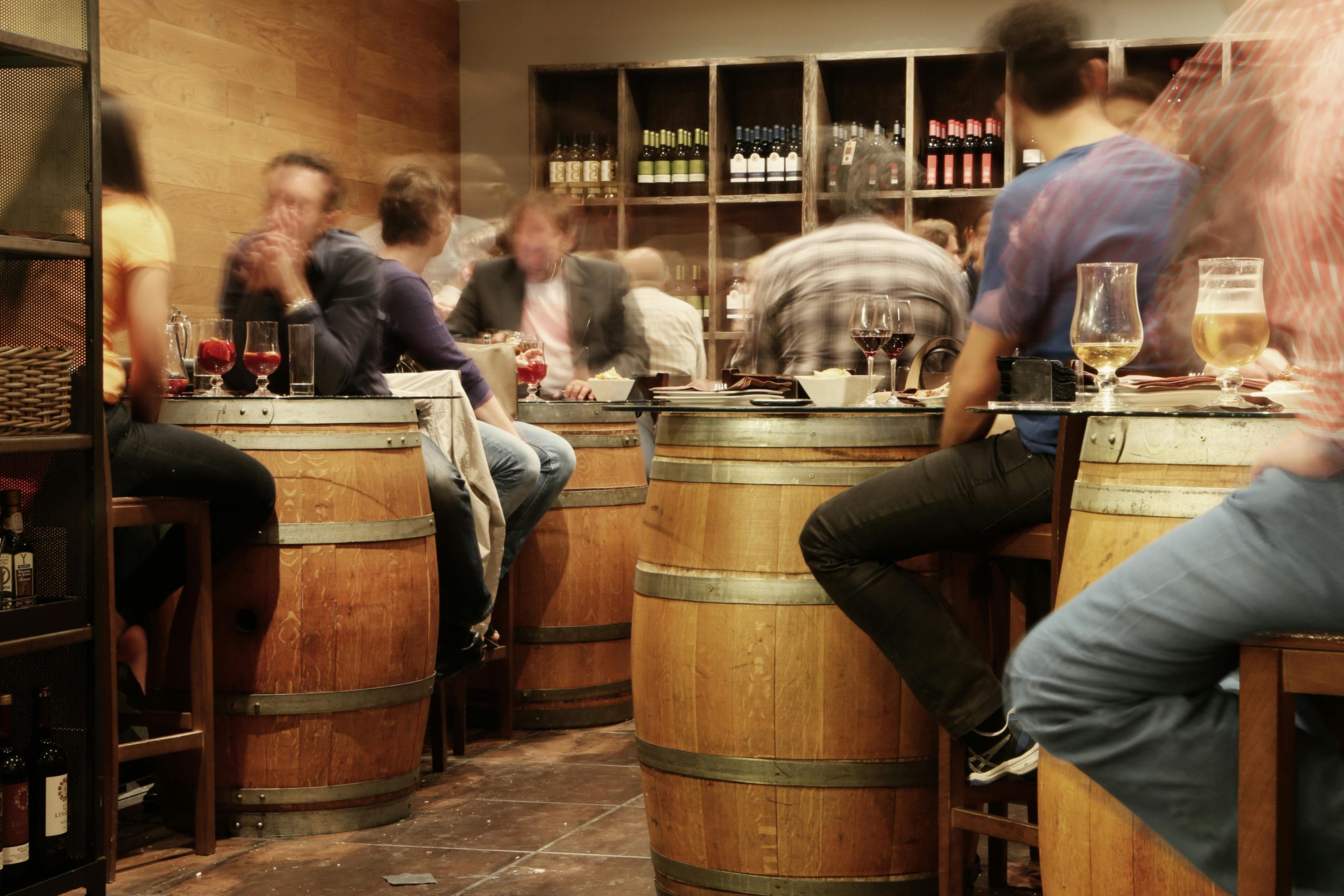
Wine has always been more than just a drink to me. It’s a companion—something that accompanies us through laughter, heartbreak, celebration, and discovery. A certain magic happens when you pour a bottle with friends, and suddenly, the conversation flows as freely as the wine. That’s what this piece is all about: the timeless bond between wine and friendship, and how sharing a glass can lead to stories we cherish for a lifetime.
1. Friendship is Built on Stories
One reason wine and friendship go hand in hand is that both revolve around storytelling. A good bottle, especially if it has a fascinating backstory or even a cultural legacy, sets the stage for deeper conversations. Over time, I’ve realized that storytelling is crucial in making wine feel accessible and meaningful, something I touched on in The Power of Storytelling: Engage a New Generation of Wine Lovers.
The Tales We Swap
Think about it: how often do you get together with friends, open a bottle, and find yourself recounting memories? Wine seems to bring out those tales from the corners of your mind—childhood escapades, family legends, or that wild road trip you took years ago. It’s as though each sip unlocks a new layer of nostalgia and honesty. And unlike other drinks that might numb or dull the senses, wine can help sharpen moments of introspection while keeping the conversation alive.
Passing Along Traditions
One of my close friends is from a long line of home winemakers. Each time we meet, she shares a fresh anecdote about her grandfather’s vineyard, or the time her great-uncle experimented with an offbeat grape blend that turned out surprisingly good. These anecdotes connect us to past generations—it’s not just about the beverage but the spirit of community and heritage. The same applies to professional wineries: they often have centuries of history behind them, stories of triumph, loss, resilience, and passion. When we pour these vintages, we’re also pouring part of that history into our glasses.

2. The Art of Tasting Together
Few things build camaraderie faster than a shared task or pursuit—like tasting wine together. When you invite friends over to try a new bottle, you’re setting the stage for collective discovery. Each person might pick up a different aroma or flavor note, from citrus to oak to spice, and that difference in perception can lead to lively, hilarious debates.
I once hosted a blind tasting at my home—nothing fancy, just brown-paper-wrapped bottles. My intention was to see if any of us could guess the grape variety or region. We were clueless at first, but after a few pours, we started making wild guesses—everything from “Is it a German Riesling?” to “Could this be a South African Chenin Blanc?” By the end of the night, no one had pinpointed the exact wines correctly, but the laughter and the communal sense of adventure was priceless. Tasting together taught us to slow down, pay attention, and appreciate the complexity of something we usually take for granted.
3. Celebrations Big and Small
Wine can also mark those milestones that help bond us with our closest friends. Birthdays, promotions, engagements—there’s always a bottle that seems perfect for the occasion. My own tradition is to uncork a special wine for a friend’s birthday dinner. It doesn’t have to be expensive, but it has to be meaningful. Maybe it’s from a place they’ve always wanted to visit, or it’s a vintage that connects to a memory we share.
I recall a time a friend passed her final medical exams, and we opened a bottle of sparkling wine she had been saving for months. That first pop of the cork echoed through the kitchen and set the mood. Sure, we could have toasted with anything, but the fizz and sparkle seemed fitting for that moment of pure relief and happiness.
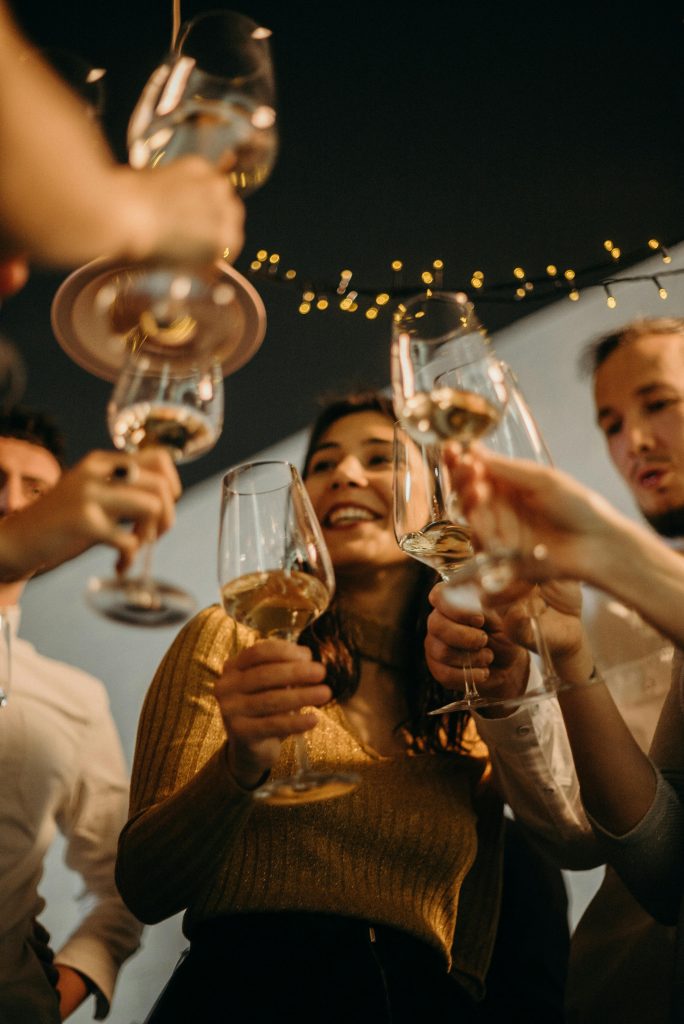
4. Comfort in Tough Times
It’s not just the celebrations where wine and friends come together. Sometimes, after a rough day or heartbreak, a simple glass of wine with a close confidant can be the perfect remedy. There’s an unspoken understanding that the act of pouring and sipping can be a form of therapy, allowing you to process emotions in a relaxed, supportive environment.
I remember a gloomy evening when a friend came over after losing someone dear to them. We didn’t say much at first, just poured two glasses of a decent red, and sat quietly. As the glasses emptied and tears were shed, we found solace in each other’s presence. By the second pour, words began to flow—stories about their loved one, funny memories, regrets, gratitude. The wine didn’t solve anything, of course, but it provided a gentle cushion for the soul, a momentary pause in the chaos.
5. Unexpected Connections
One of the most beautiful aspects of sharing wine is that it can spark friendships with people you barely know—or didn’t know at all. I can’t count the number of times I’ve struck up conversations at wine bars or tastings with total strangers, only to discover we share similar passions, backgrounds, or ridiculous travel stories.
Wine festivals are especially good at bringing people together. You wander around with your glass, stopping at booths, sampling varieties you’ve never tried. Inevitably, you chat with the person next to you about the taste—“Hey, do you get a hint of peach in this?”—and before you know it, you’re laughing like old pals. Wine is a catalyst for forming bonds with fellow enthusiasts (or even novices) who are simply curious about what’s in their glass.
6. The Sweetness of Dessert Wines
Friendship doesn’t always need a grand occasion; sometimes, the simplest gesture can be the sweetest. Over the years, I’ve grown fond of dessert wines—especially Ice Wine. It might be the result of my sweet tooth, but there’s something undeniably indulgent about ending a meal with a rich, honeyed sip alongside dear friends. If you’re curious about the shelf life or specifics of such a treat, I recommend looking at How Long is Ice Wine Good For?. You’d be surprised how much a well-stored dessert wine can retain its flavor and character, making it perfect for those spontaneous moments when you need a touch of sweetness in both your glass and your life.
I keep a bottle of Ice Wine in my fridge specifically for those “just because” moments. Sometimes a friend drops by unannounced, or we decide on a whim that Monday night deserves a toast. It’s a small luxury that reminds us that friendship doesn’t have to wait for a calendar date—any evening can be transformed into a memorable one.
7. Cultural Exchange Through Wine
Wine also offers a window into different cultures. Sharing a bottle from a friend’s home region is like traveling without leaving your living room. You learn about the climate, the soil, the winemaking traditions, and most importantly, the customs and stories that shape that bottle’s journey.
I’ve experienced this firsthand through my Portuguese adventures. Here, every region has its specialty, from Vinho Verde in the north to the robust Alentejo reds down south. Sharing these regional wines with friends from abroad is an instant icebreaker. We’ll talk about the Douro Valley’s steep vineyards, the ancient amphora vessels of Alentejo, or the crisp Atlantic influences of coastal Lisbon. This act of sharing fosters not just friendship but a genuine curiosity and respect for each other’s backgrounds.
8. Wine as a Personal Gift
One of my favorite gifts to both give and receive is a bottle of wine. It’s personal, yet universal, because it speaks to shared experiences and potential new discoveries. Every time a friend hands me a bottle, I notice little details—maybe the label references a year we all traveled somewhere, or perhaps it’s from a vineyard that means something special to them. Wine is a thoughtful gesture that says, “I care enough to share a piece of my world with you.”
Moreover, it invites the idea of returning the favor. Next time you meet, you can reciprocate with another bottle or open it together, weaving more threads into your collective story. Over time, these little gestures stack up, creating a tapestry of shared experiences.
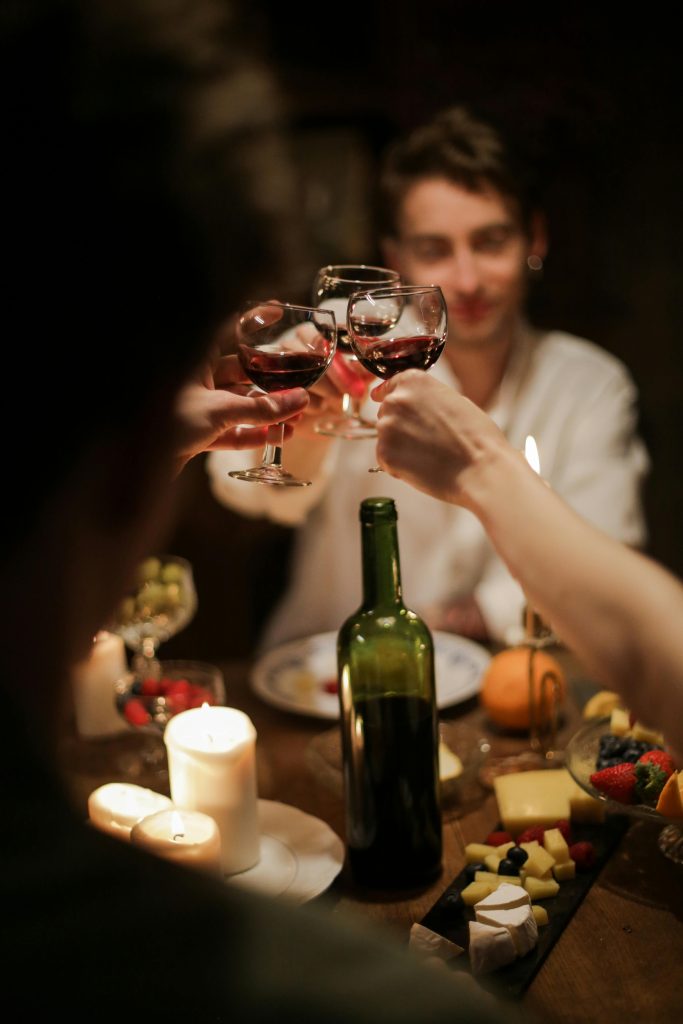
9. Embracing the Moment
In our fast-paced world, it’s easy to forget to slow down and savor the present. That’s why the ritual of opening and sharing a bottle with friends feels almost sacred. You take time to uncork it (or unscrew it—no shame in that), pour it into glasses, swirl, sniff, and then take that first sip. It’s a moment of collective pause, a small ceremony that says, “Right now, we’re here together.”
Key Takeaway: Wine reminds us that friendship isn’t just about big events or dramatic gestures. It’s about the small, meaningful instances—like watching the sun set on a casual weekend or sitting at the kitchen table until the early hours, discussing life’s mysteries. Those moments might never make headlines, but they form the core of our most treasured memories.
10. Conclusion: Cherish the Glass, Cherish the People
Stories told over a glass can bind us, heal us, and inspire us. From the tears shed during tough times to the laughter on a joyous occasion, wine underscores life’s emotional spectrum. It’s there in your darkest hour, offering comfort through silent company, and it’s there at your brightest celebrations.
So next time you invite friends over, don’t hesitate to open that special bottle you’ve been saving—whether it’s a mysterious unlabeled find, a crisp Ice Wine ready to be discovered, or a robust red from a remote vineyard. As you pour, remember that what you’re really sharing is more than just wine; you’re opening up your stories, your heart, and your gratitude for the wonderful circle of friends who make life so rich. And in that sacred act, you’ll find not just a drink but a memory in the making—one that, years down the line, will still taste just as sweet.
